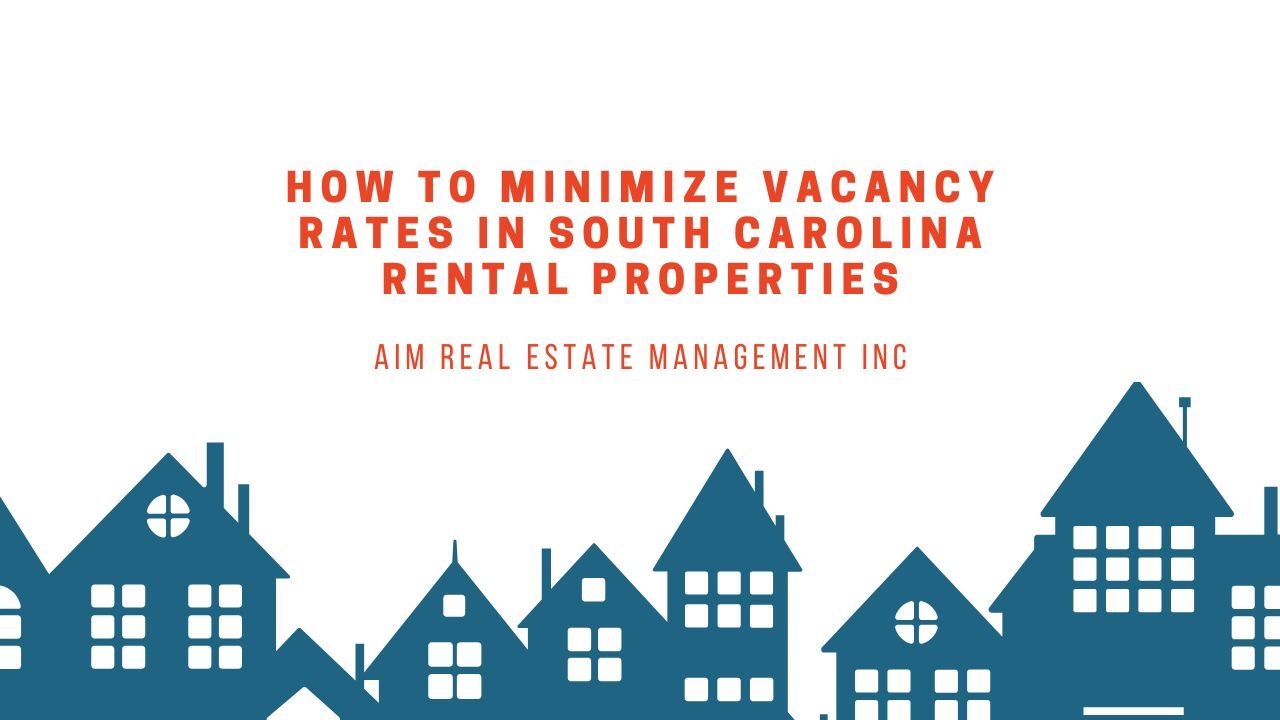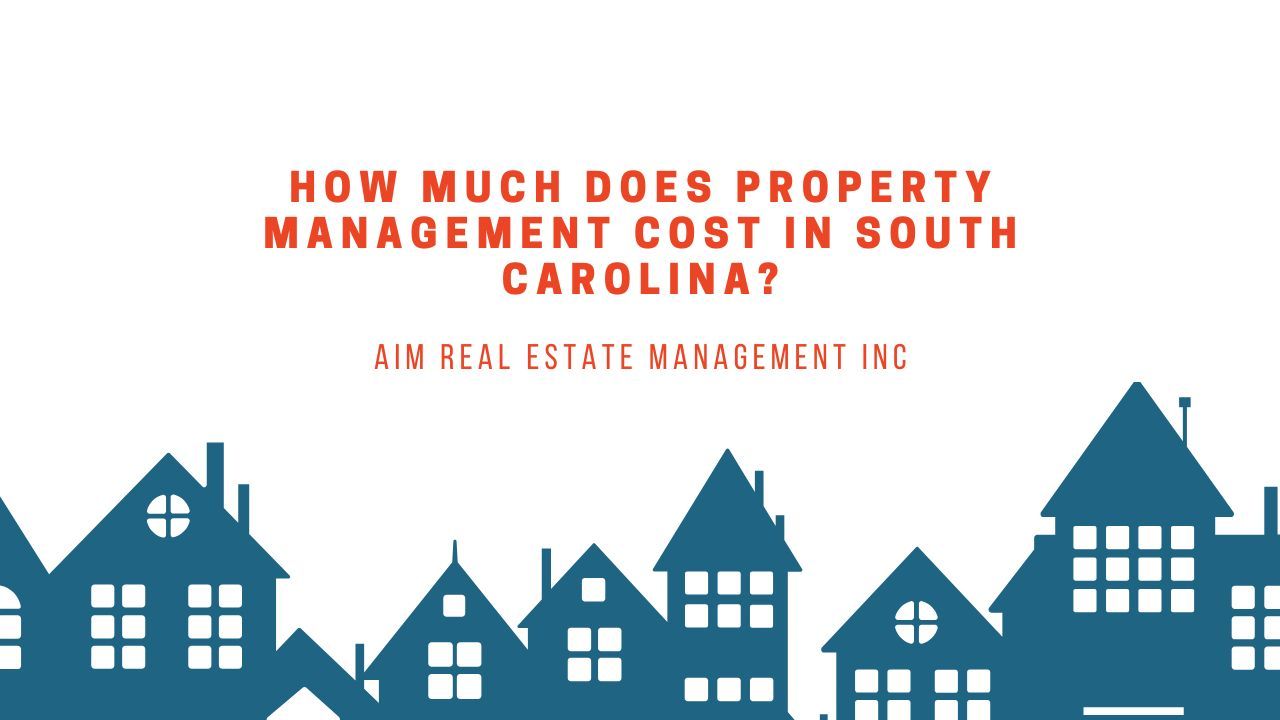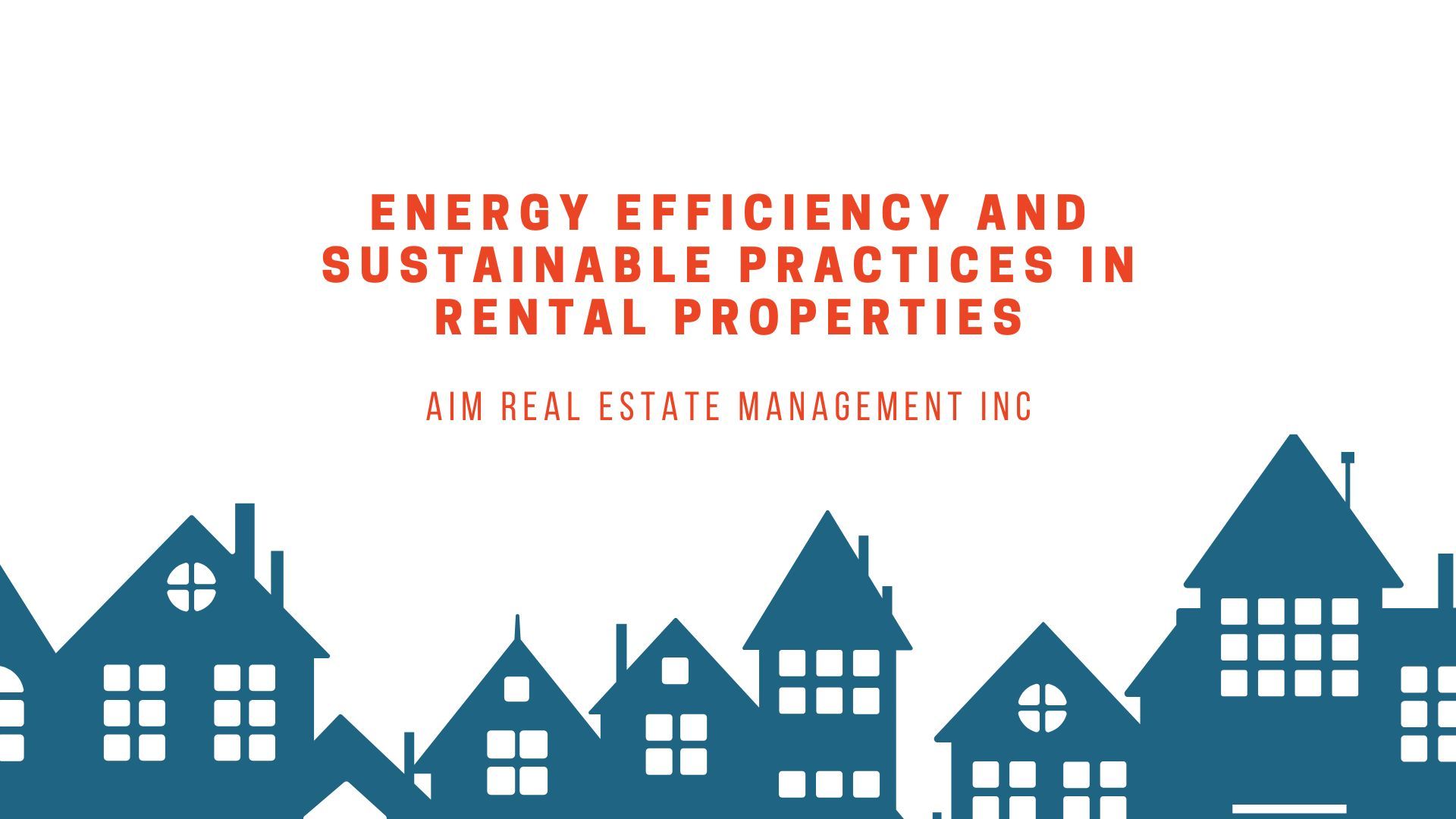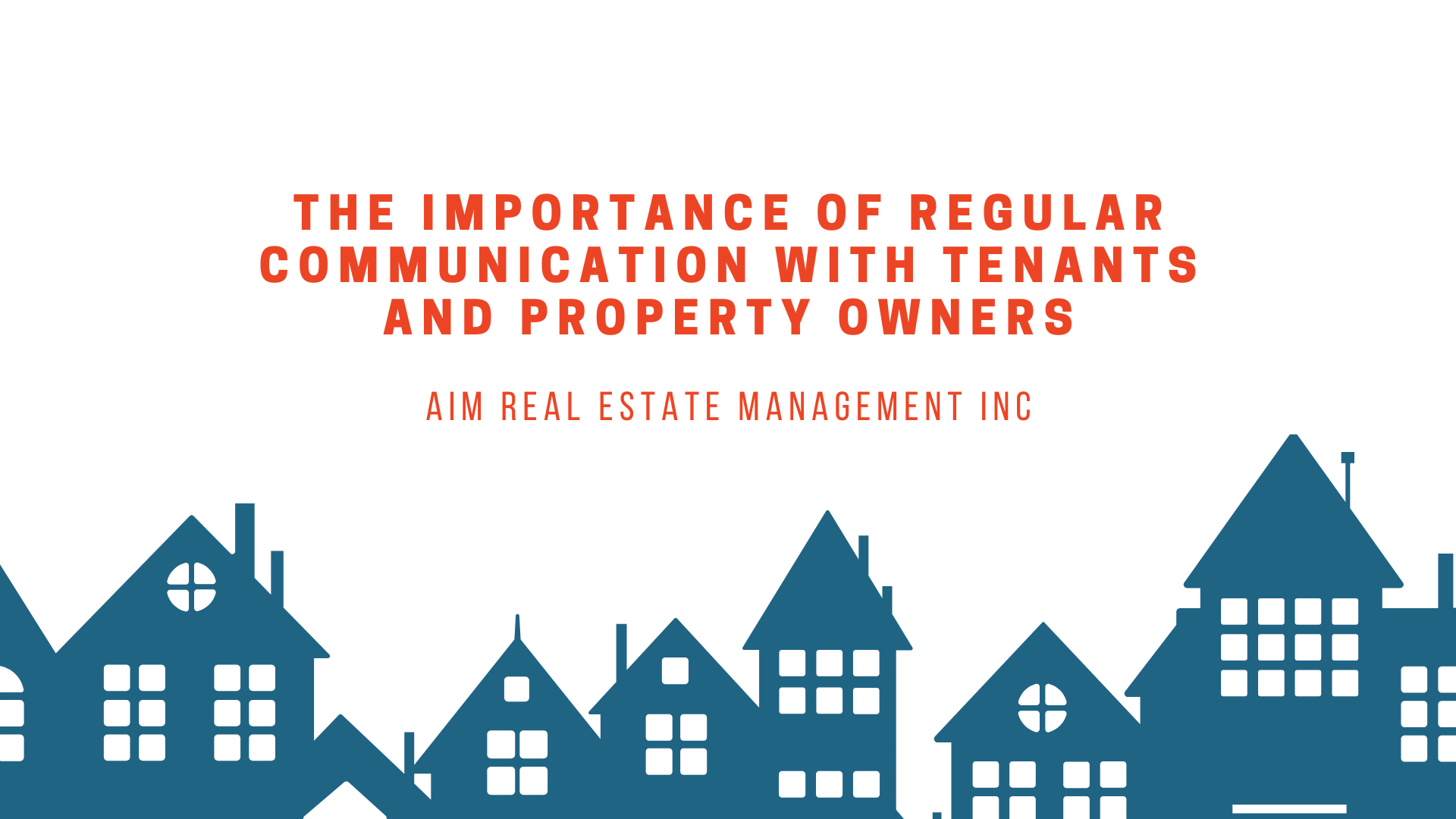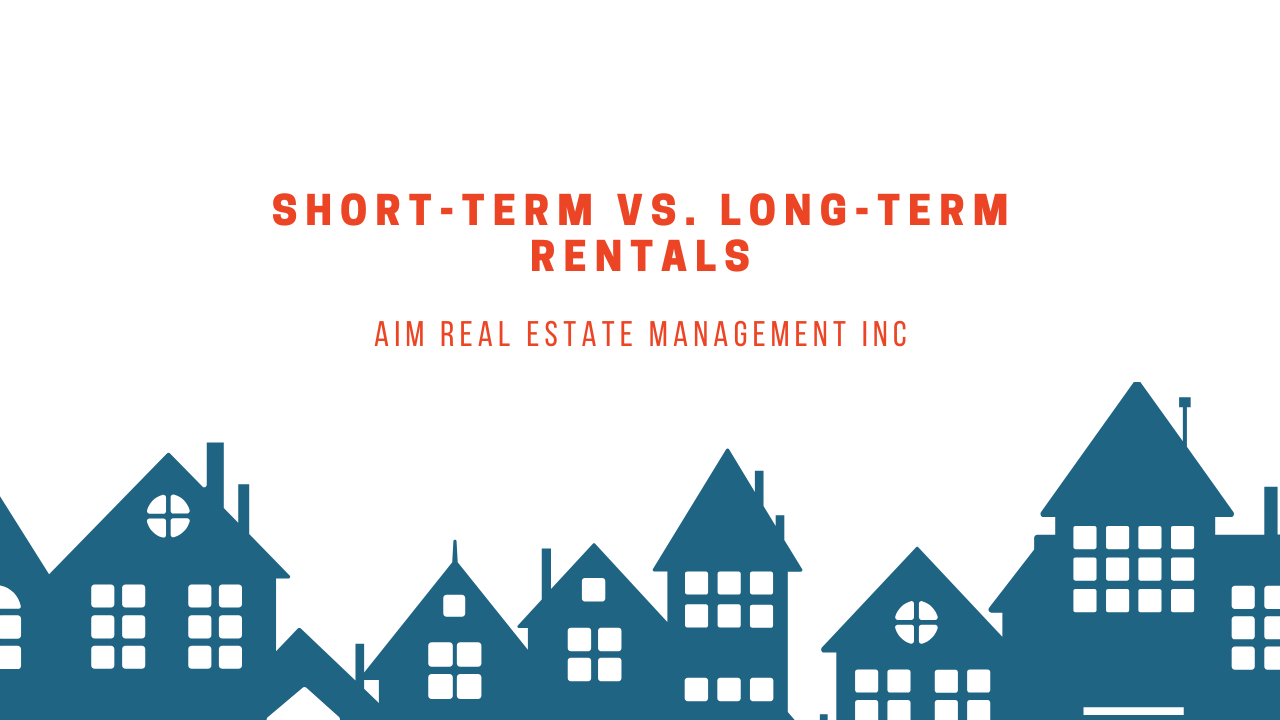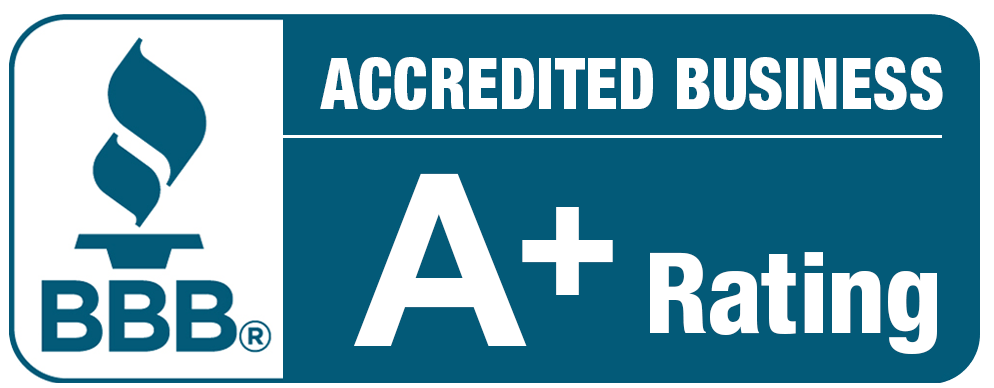The Impact of Local Market Trends on Rental Pricing
Key Takeaways
- Rental pricing is shaped by multiple local and national factors – including economic conditions, supply and demand, neighborhood appeal, property features, and government regulations.
- Understanding your local real estate market is essential – as regional trends, seasonal fluctuations, and infrastructure developments directly impact rent levels and tenant behavior.
- Modern pricing tools enhance decision-making – platforms like Rentpage use real-time data to help property owners set competitive, market-aligned rents efficiently.
- Strategic management is crucial in dynamic markets – regular rent reviews, property upgrades, and awareness of local laws help landlords remain competitive and compliant.
Rental pricing is not determined in isolation. It is the product of a complex relationship between the local real estate market and broader economic conditions. For property owners, tenants, and investors alike, understanding this relationship is critical.
Market forces shape not only monthly rent but also long-term investment strategies, tenant affordability, and property management decisions.
This article by
AIM Real Estate Management, Inc.
explores the factors that influence local real estate markets and how these dynamics directly affect rental pricing in Hilton Head.
Understanding the Local Real Estate Market
The local real estate market in Hilton Head is a smaller reflection of the national economy, encompassing buying, selling, renting, and leasing activity in a specific area. Residential, commercial, and industrial properties, as well as land and new developments, all fall within this scope. Several interconnected elements influence how local markets function and, in turn, how rental pricing evolves.
Key Factors Shaping Local Real Estate Markets
Economic Conditions
Employment levels, wage growth, inflation, and interest rates all have significant influence. When economic conditions in Hilton Head are strong, consumer confidence rises, boosting demand for both ownership and rentals. In contrast, during downturns, reduced household income and job insecurity can suppress demand, often placing downward pressure on rents.
Supply and Demand Dynamics
The balance between available housing and renter demand is one of the strongest determinants of rental pricing. Population growth, migration patterns, construction activity, and overall housing inventory play defining roles. In tight markets where demand far outpaces supply, competition among tenants allows landlords to set higher rental rates.

Location and Neighborhood Characteristics
The appeal of a property’s location drives rental demand. Access to employment centers, quality schools, public transportation, shopping, and recreational amenities increases desirability and justifies higher rents. Safety, walkability, and neighborhood reputation also play pivotal roles.
Property Type and Features
Not all properties compete equally in the market. Single-family homes, condominiums, and multi-family properties attract different tenant segments and carry different pricing expectations. Within these categories, features such as updated appliances, smart-home technology, outdoor space, and on-site amenities can significantly increase rental value.
Local Legislation and Regulations
Property taxes, zoning laws, building codes, and rent control ordinances directly affect rental pricing. In jurisdictions with strict rent control, increases are limited regardless of market demand. Regulatory changes can also create ripple effects, influencing property values, investment opportunities, and tenant affordability.
Seasonal and Cyclical Trends
Real estate markets follow both seasonal and economic cycles. Summer months often see higher rental demand due to relocation, job changes, and family moves, allowing for premium pricing.
In contrast, winter tends to bring slower activity, pressuring landlords to use incentives to fill vacancies. Broader economic cycles—such as recessions or booms—also affect pricing patterns.
Local Development and Infrastructure
Infrastructure improvements, such as new highways, rail connections, or commercial centers, can dramatically increase the value of nearby properties. Developments that improve accessibility or create employment hubs typically drive up rental demand and prices in surrounding areas.

Competitive Landscape
The number of comparable units on the market influences how much flexibility landlords have when setting rents. In highly competitive markets, landlords may use incentives such as free rent periods, waived fees, or upgrades to attract tenants without reducing base rent.
How Local Real Estate Markets Affect Rental Pricing
The interaction between these factors creates a direct and ongoing impact on rental prices in Hilton Head. Several trends stand out:
- High-Demand, Low-Supply Conditions: When demand exceeds available housing, rental prices rise as tenants compete for limited options. This is particularly visible in fast-growing cities and regions with housing shortages.
- Economic Growth or Contraction: During economic expansion, higher wages and greater job opportunities push rental demand upward, allowing landlords to raise rents. Conversely, in periods of recession, decreased demand often forces landlords to stabilize or reduce rents to maintain occupancy.
- Neighborhood Desirability: Prime neighborhoods with excellent schools, low crime rates, and robust amenities consistently command higher rental rates. Emerging areas undergoing revitalization can also see rapid increases as demand builds.
- Property Features and Amenities: Well-maintained properties with modern upgrades, energy efficiency, or attractive community features can justify higher rental pricing and appeal to premium tenant segments.
- Regulatory Constraints: Rent control laws or tenant protection regulations may cap increases, even in strong markets, limiting landlord flexibility.
- Seasonal Fluctuations: Peak moving seasons, especially summer, tend to drive demand and allow for stronger pricing, while winter may require concessions to attract tenants.
- Impact of New Development: New housing projects or infrastructure improvements can shift supply-demand balances, sometimes stabilizing prices through added supply or increasing them by enhancing neighborhood appeal.

Leveraging Technology to Set Competitive Rental Prices
Modern tools now provide data-driven support for setting rental pricing. Platforms like Rentpage analyze comparable rentals, property features, and local market activity to generate accurate, real-time insights into pricing trends.
By leveraging comparables, Hilton Head property managers can:
- Position listings competitively in the market.
- Adjust rents based on real-time changes in supply and demand.
- Identify which features or amenities command higher premiums.
- Save time by automating rental analysis rather than conducting manual research.
Such platforms ensure landlords and property managers maximize revenue while remaining competitive and attractive to tenants.
Practical Strategies for Property Owners and Managers
To navigate fluctuating markets effectively, Hilton Head property owners can adopt several strategies:
- Conduct regular rent reviews against local comparables.
- Monitor economic and demographic trends that influence demand.
- Invest in property upgrades that justify premium pricing.
- Stay informed about local legislation to avoid compliance risks.
- Use incentives and flexible lease terms in slower rental seasons.
- Rely on data-driven platforms to validate pricing strategies.
Bottom Line
The local real estate market in Hilton Head and rental pricing are inextricably linked. Shifts in supply, demand, economic conditions, and neighborhood desirability all play significant roles in shaping what tenants are willing—and able—to pay.
For landlords, property managers, and investors, understanding this relationship is not optional; it is essential to achieving strong occupancy rates, maximizing revenue, and remaining competitive in dynamic U.S. rental markets.
By blending market awareness with modern analytics tools, property owners can set rental prices that reflect both tenant demand and long-term investment goals. In a landscape defined by constant change, informed decisions remain the key to sustainable success. Ready to optimize your rental pricing strategy? Contact
AIM Real Estate Management, Inc. today to see how our expertise can maximize your investment.
